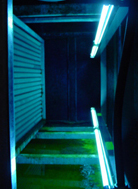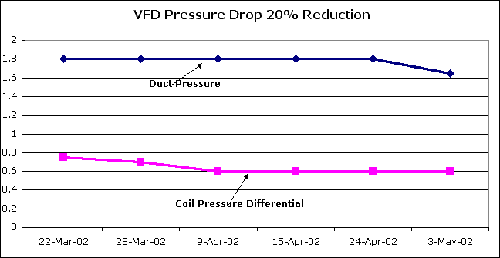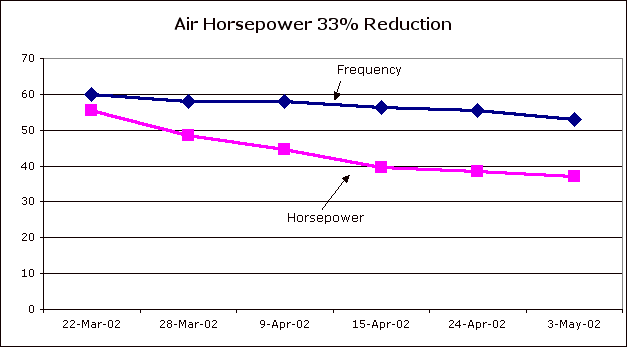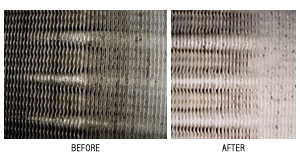|
|
|
|
|
Improving indoor air quality and saving energy in commercial buildings
|

|
IAQ and Productivity
With salaries and operational costs at an estimated 67% of the typical total commercial building annual operating cost, it makes sense to focus on productivity.
One recent analysis calculated that a $1 per square foot investment in a better HVAC system could be repaid by productivity gain equivalent to 90 seconds per office worker per day.
S. Rosenfeld, Heating, Piping & Air Conditioning, 9/89
We are consistently seeing in buildings with superlative lighting, thermal and acoustic comfort, and air quality about 6 to 16% higher labor productivity.
Amory Lovins, Buildings, 2/02
|
UVC's Germicidal Effect
UVC has been proven in scientific studies and field testing to kill mold and bacteria. With sufficient UVC energy and time exposure, germicidal ultraviolet light has been shown to dramatically reduce fungal and bacterial contamination in the HVAC systems that distribute air throughout commercial buildings.
|

|
|
Peer-reviewed studies that verify actual reductions of the micro-organisms common in commercial office buildings have been widely published, and proven formulas exist that can determine how much UVC is needed to provide the desired germicidal effect in any given application.
Other Remedies
Chemical treatment of HVAC equipment is currently the most common method for dealing with microbial contamination. The limited product life (manufacturers recommend cleaning cooling coils quarterly and drainpan-treatment suppliers recommend that pan treatments be replaced twice a year) and actual effectiveness must be calculated. Adverse reactions by maintenance personnel and building occupants must also be considered. Perhaps most significant is emerging evidence of chemical-resistant microbes!!!
|

|
UVC in Air Handling Units
Of particular interest to commercial building owners, operators, and engineers is the potential of UVC lights to maintain or restore HVAC system operating efficiency. UVC energy acts on anything that is organic, such as the mold, bacteria, and dirt particulate that is present in the cooling coils in commercial HVAC systems. UVC has been documented to reduce cooling coil static pressure and / or increase air volume generated from the Air Handling Unit (AHU).
|

The VFD Pressure Drop graph (above) shows a reduction of 20% which is within the 10% to 25% reduction range typically seen on coils cleaned with UVC energy. As the UVC lights remove the mold and other organic build-up that is present in the HVAC cooling coils, heat transfer efficiency is restored. Fans can slow down and now deliver the required amount of air (see Air Horsepower graph below). This can translate to significantly reduced building HVAC annual operating costs.

|
|
These "Before" and "After" coil fin photos dramatically illustrate the power of UVC to degrade organic matter on HVAC cooling coils.
|

|
Using UVC in HVAC systems makes sense from several points of view. The building owner / operator is ensuring that the air distributed in the occupied space is being continuously treated with the germicidal ultraviolet light that is inactivating and breaking down the micro-organisms / bio-aerosols that are . Concerns about the health of workers exposured to the cleaning chemicals are removed. Labor and supplies for HVAC system maintenance are reduced dramatically. The only maintenance required is annual lamp replacement.
|
Home |
About Us |
About UVC |
Solutions |
Products |
FAQ |
return to top
|
Copyright
© 2002 All rights reserved.
IAQ - Energy Solutions,
12401
Palmsprings Drive, Houston, TX 77034
|

